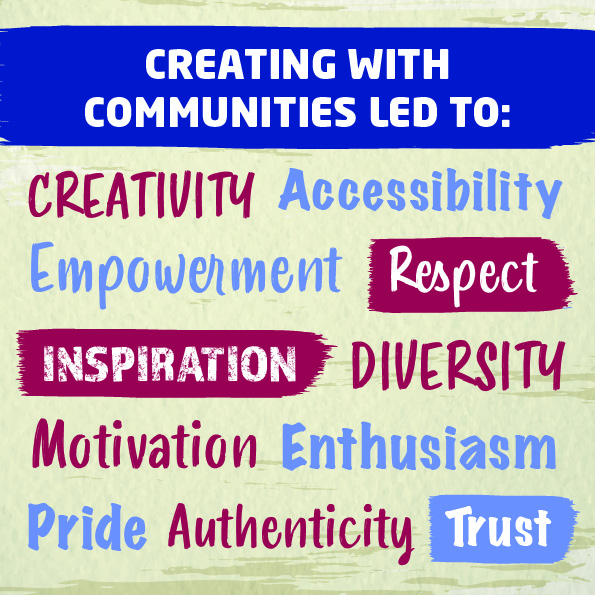Creating with Communities
“Participant led creativity and culture is the glue that can heal – it can bring people together.” Volunteer Co-ordinator, Glen Hills Library
Through the Cultural Communities Network programme we learnt that creating with communities and embracing true collaboration could bring benefits that working alone could never achieve. Opening our doors and minds to diversity brought new voices and fresh ideas. We saw co-design and co-delivery empower and enthuse local people who in the past may not have seen themselves as visitors or friends of Community libraries and Museums.
Below are some top tips we hope will inspire you to hand over some of the decision making power to communities themselves.
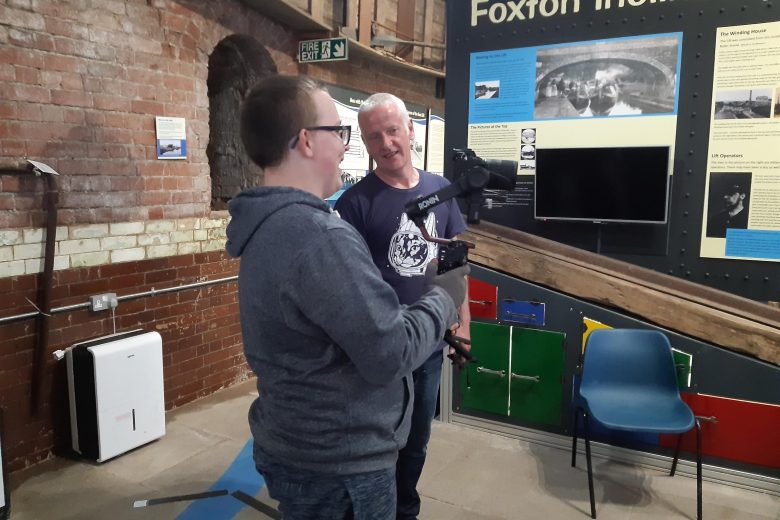
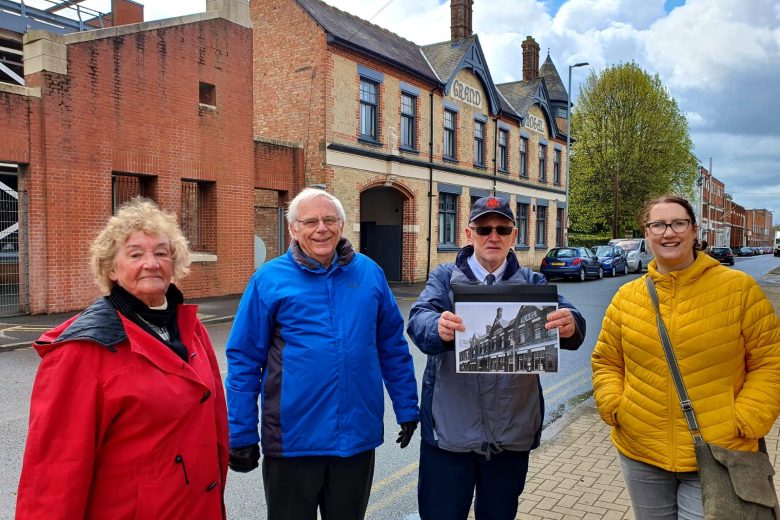
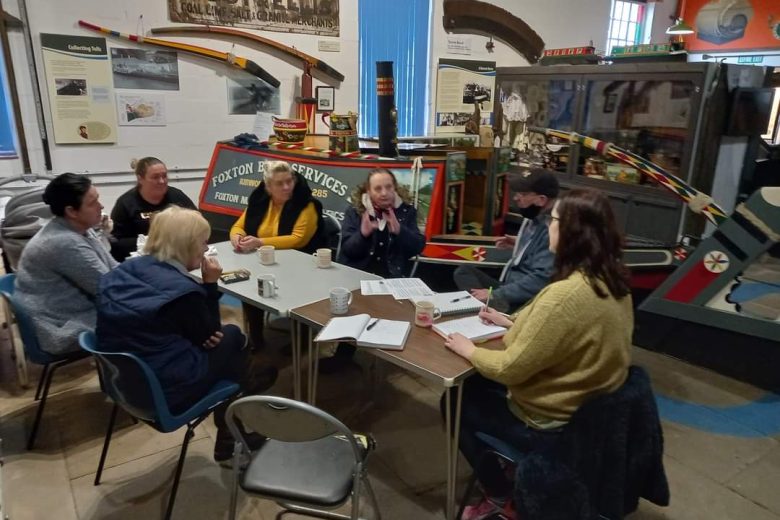
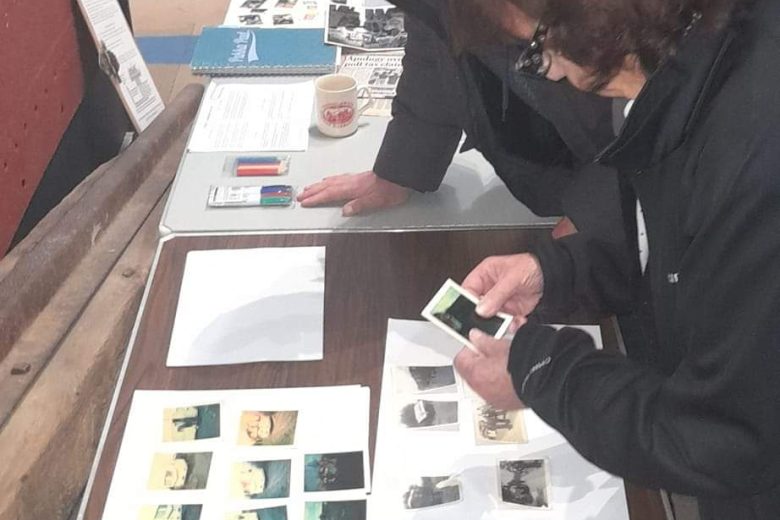
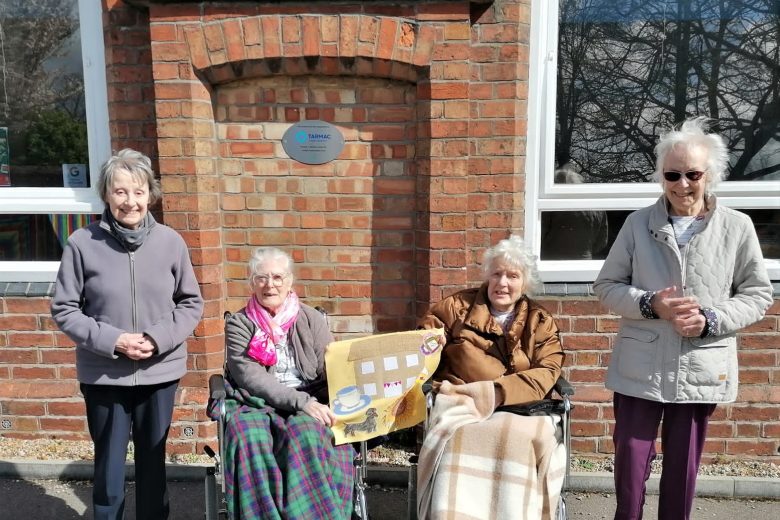
- Why we found creating with communities to be important
- Offers local people a voice and a platform

- Increases inclusion and widens participation
- Empowers people by sharing or handing over control
- Inspires individuals to work in a new and different way
- The activities were designed by the people who were going to engage with them
- Resources went further
- Made use of the amazing skills and expertise within communities
- Created community advocates
- Offers local people a voice and a platform
- How our projects encouraged co-creation
- Investing time in developing trusting relationships
- Having a clear understanding of the audience needs and expectations
- Adapting each approach to suit the specific audience
- Partnership with experts who understood challenges the communities face
- Involving organisations that could support individuals facing challenges
- Being prepared to adapt the approach or activity in response to community input
- Worked with participants to set parameters
- Challenges we want to share
- Reaching and engaging interested individuals who meet the remit of the funding
- Communities and professionals not fully understanding the ethos of co-creation
- Participants not able to meet deadlines due to alternative life demands and priorities
- Levels of commitment from participants varied and shifted
- Agreements over levels of control / sharing of power
- Ownership
- How we overcame them
- Allowing sufficient time and planning to ensure the project could realistically be co-created
- Commissioning of experts who could share models and demonstrate the ethos of cultural co-creation
- Find partners who had shared aims and could offer expertise and additional capacity
- Taking time to develop relationships with communities, speaking openly and building trust
- Clear communication that considers people’s needs and preferences e.g. language and reading ability
- Development of emotional risk assessments
- Awareness of funding streams for additional costs
- What will be the impact of creating with your community
- A community where individuals feel valued and are given the chance to flourish
- Communities where individuals feel empowered to shape their local cultural and creative offer
- Cultural and creative activity that is richer, more accessible and more relevant
- Greater and wider social and learning benefits for the whole community
- Take time to enjoy our case studies
- Do You See What I See? South Wigston – a cultural project that brought people together to explore the heritage of South Wigston through the eyes of local people
- Glen Hills Together – Picture, Prose & Perfect Pastry – a co-created photography and creative writing exhibition and booklet
- Foxton Canal Museum – ‘Through the eyes of… short films’ – a project that engaged individuals and groups that may face barriers in accessing a museum
- Quorn Community Library – a community art collaboration celebrating life in Quorn
- Traveller and Gypsy Heritage Project – a co-created exhibition which explores and celebrates Gypsy and Traveller culture

